Welcome to the City Ground, home of Nottingham Forest FC. This iconic stadium has seen some of football’s most historic moments over the years, from European Cup triumphs to thrilling league matches that have kept fans on the edge of their seats.
But have you ever wondered what went into designing and constructing this legendary venue? In this article, we’ll take you behind the scenes for an exclusive look at how the City Ground came to be, exploring its history, design features and future plans.
So grab a seat in the stands as we delve into one of football’s most fascinating stories!
Nottingham Forest FC’s History
Nottingham Forest FC is one of the most historic clubs in English football, with a rich and storied past that stretches back over 150 years. The club was founded in 1865 by a group of local shinty players who decided to switch to association football, and since then it has gone on to become one of the most successful teams in the country.
Throughout its history, Nottingham Forest has enjoyed many memorable highs and endured some crushing lows. In particular, the club’s golden era came under legendary manager Brian Clough in the late 1970s and early 1980s, when they won two European Cups in succession as well as numerous domestic trophies.
Despite these successes, however, recent years have been more challenging for Forest. The team has struggled to mount serious promotion challenges from the Championship in recent seasons but remains an integral part of English football culture nonetheless.
With such a long and proud history behind them, it’s no wonder that Nottingham Forest fans are among the most passionate around. Whether you’re at home or away games – or even just watching on TV – there’s always a sense that anything can happen when this team takes to the pitch!
The Design of the City Ground
The City Ground is one of the most iconic football stadiums in England, with a unique design that captures the essence of Nottingham Forest FC. The stadium was designed by renowned architect Archibald Leitch and first opened its doors in 1898.
One of the defining features of the City Ground’s design is its location on the banks of the River Trent. This provides stunning views for fans both inside and outside the stadium and creates an unforgettable atmosphere during matches.
Another key aspect of the stadium’s design is its famous Main Stand, which was built in 1965 and remains largely unchanged to this day. It features a distinctive cantilever roof that provides cover for fans sitting underneath while also allowing unobstructed views from every seat.
The overall layout of the stadium has also been carefully crafted to ensure maximum comfort for fans. All four stands are positioned as close to each other as possible, creating an intimate setting that allows supporters to feel fully involved in every match.
It’s clear that a lot of thought went into designing Nottingham Forest FC’s City Ground. From its idyllic riverside location to its iconic Main Stand and comfortable seating arrangement, every detail has been carefully considered to provide an unparalleled fan experience.
See Also: Getting to St James’ Park Stadium: Transportation and Parking Options
Construction of the City Ground
The construction of Nottingham Forest FC’s City Ground was a major undertaking that began in 1898. The club had outgrown their previous stadium, so they decided to build a new one on the banks of the River Trent. The location provided easy access for fans and players alike.
The first step in constructing the City Ground was to level the land and lay down foundations. This took several months, but it was essential to ensure that the ground would be stable enough to support the weight of a large stadium. Once this was done, work began on building stands for spectators.
The original design included two covered stands and two uncovered ones, with a total capacity of around 30,000 people. However, over time more stands were added until today there are four covered stands with a capacity of just over 30,000 seats.
One unique feature of the City Ground is its proximity to nature – trees line some parts of the pitch area which creates an atmosphere unlike any other football ground in England!
Throughout its history, renovations have been made to improve facilities such as changing rooms and toilets. But despite numerous upgrades over more than a century since it first opened; it has managed not only remain relevant but also maintain its historic charm!
Construction played an integral role in shaping up what we know today as Nottingham Forest FC’s iconic City Ground!
The Features of the City Ground
The City Ground is the home of Nottingham Forest FC since 1898, and it has undergone several renovations over the years. The stadium’s unique design and features make it a beloved venue for football fans worldwide.
One of its most notable features is the Brian Clough stand, named after the club’s legendary manager. It boasts an impressive capacity of 11,000 seats and offers excellent views of the pitch. The Trent End also stands out as one of the liveliest sections in the stadium, where passionate fans cheer on their team.
Aside from these iconic stands, visitors can enjoy various amenities such as food stalls that offer classic football snacks like pies and hot dogs. There are also several merchandise stores for supporters to purchase official club gear.
Another feature that sets City Ground apart is its proximity to nature. Located next to River Trent, this scenic location provides beautiful views around every corner.
Technology plays a crucial role at City Ground with state-of-the-art facilities including video scoreboards and advanced sound systems elevating fan experience to new heights.
These are just some of the many features that make City Ground an excellent destination for football lovers everywhere!
The Future of the City Ground
As one of the oldest football grounds in England, Nottingham Forest FC’s City Ground has seen its fair share of history and changes over the years. However, with progress comes the need for further development and modernization to keep up with the times.
The future of the City Ground is an exciting prospect, as plans are currently underway for a major renovation project that will transform it into a state-of-the-art stadium. This redevelopment will include expanding seating capacity, improving accessibility and facilities for disabled fans, upgrading corporate hospitality areas, and creating new entertainment spaces.
In addition to these physical improvements, there are also plans to enhance sustainability measures such as reducing energy consumption through eco-friendly initiatives like solar panels and rainwater harvesting systems. The club aims to minimize their environmental impact while still providing an exceptional matchday experience for fans.
Furthermore, this redevelopment plan includes proposals for a brand new training facility located near the City Ground which will provide top-notch training facilities for players at all levels – from youth teams to first team squad members.
Nottingham Forest FC’s commitment towards developing their iconic ground shows their dedication towards creating memorable experiences both on and off the pitch. These changes promise to elevate fan experiences by making them more comfortable while also increasing revenue streams through enhanced corporate sponsorship packages – all contributing towards strengthening Nottingham Forest’s position within English football forefront
See Also About Gtech Community Stadium
Conclusion
Nottingham Forest FC’s City Ground is more than just a football stadium. It is a symbol of the rich history and tradition that the club has built over the years. The design and construction of the ground are a testament to the dedication and hard work put in by everyone involved.
With plans for improvements and expansions underway, fans can expect an even better experience at future matches. The City Ground will continue to be one of the most iconic football stadiums in England.
As we have seen, every aspect of its creation was carefully thought out to ensure that it met all requirements while still maintaining its unique identity. It truly is a masterpiece that any fan or visitor should see.
Nottingham Forest FC’s City Ground is not just home to their team but also reflects their spirit, passion, and love for football!
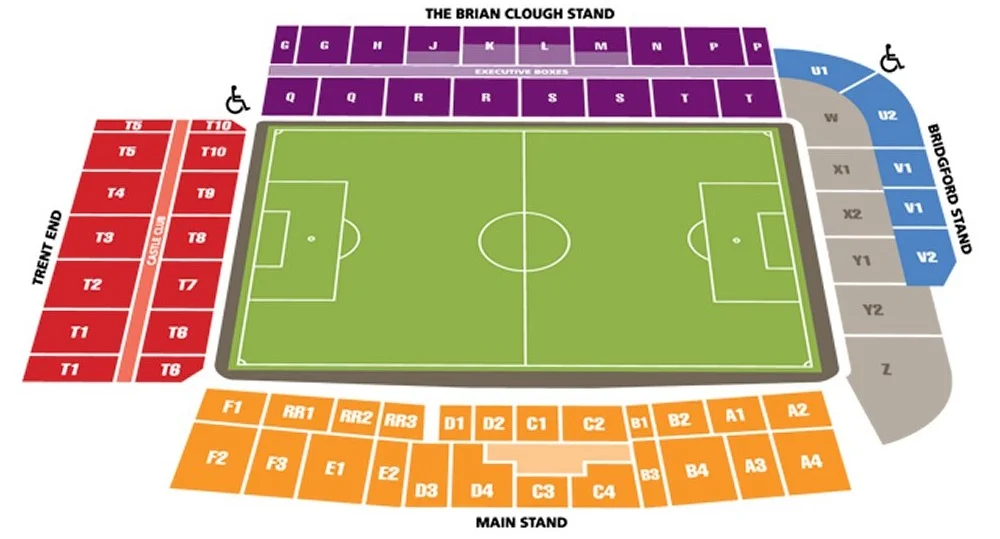
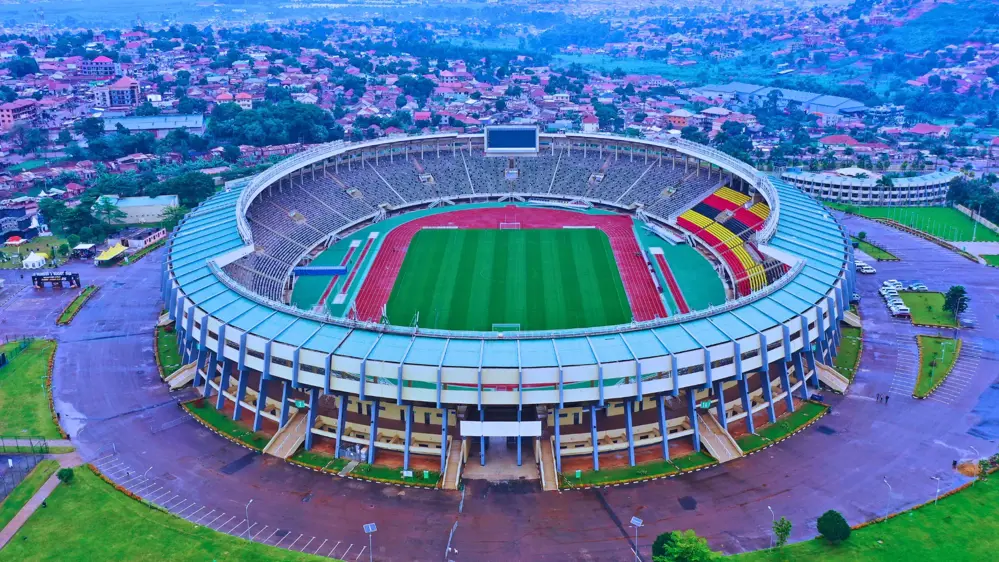
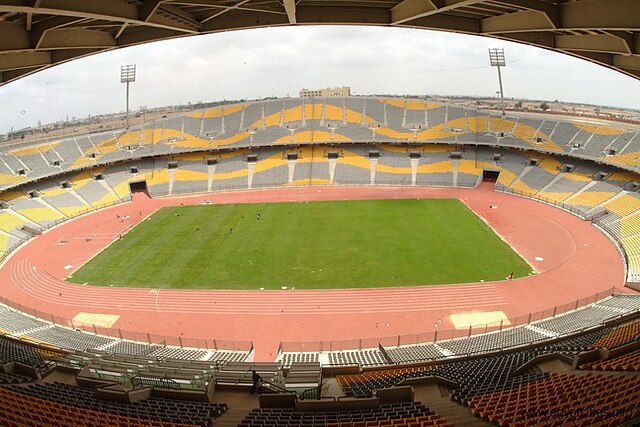

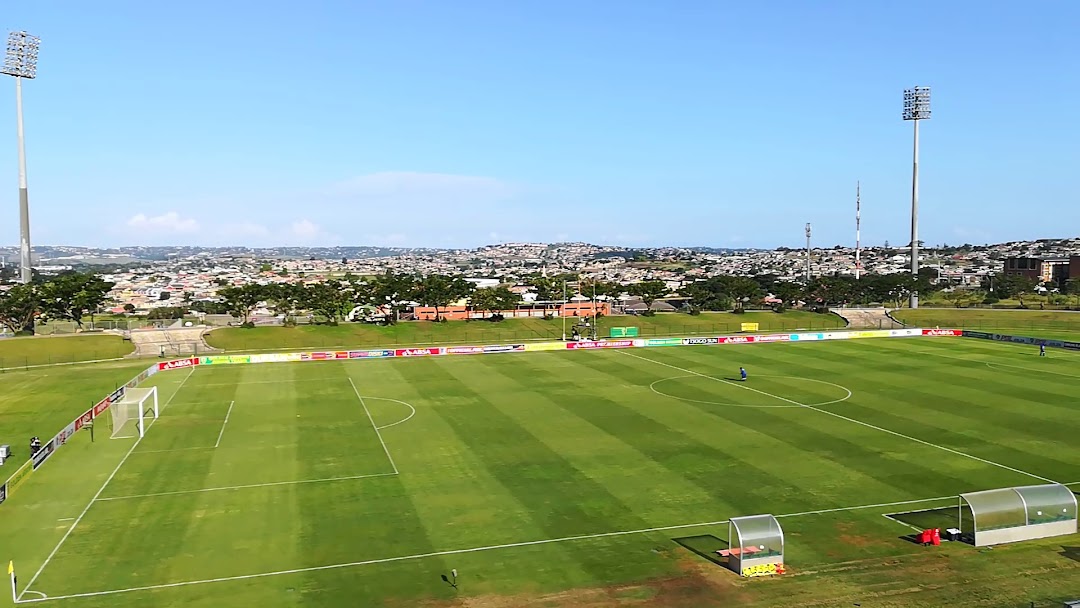
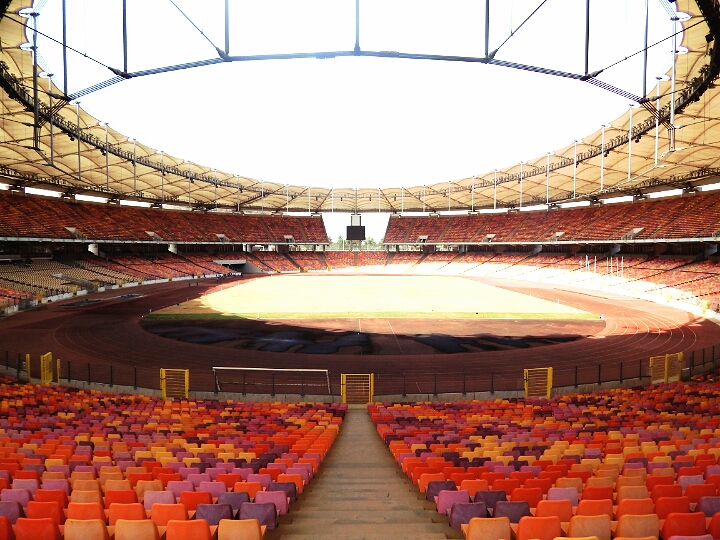

4 Comments